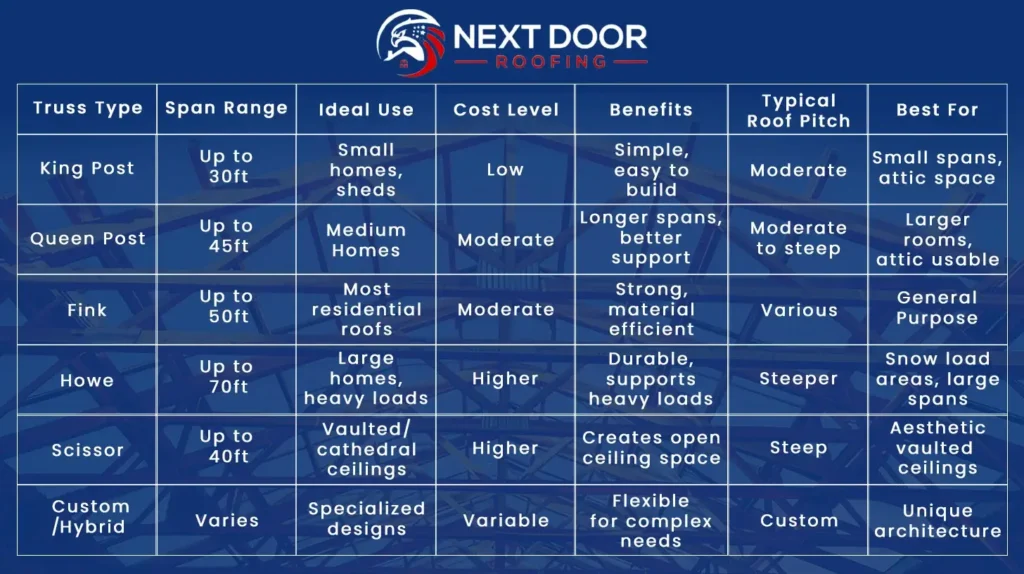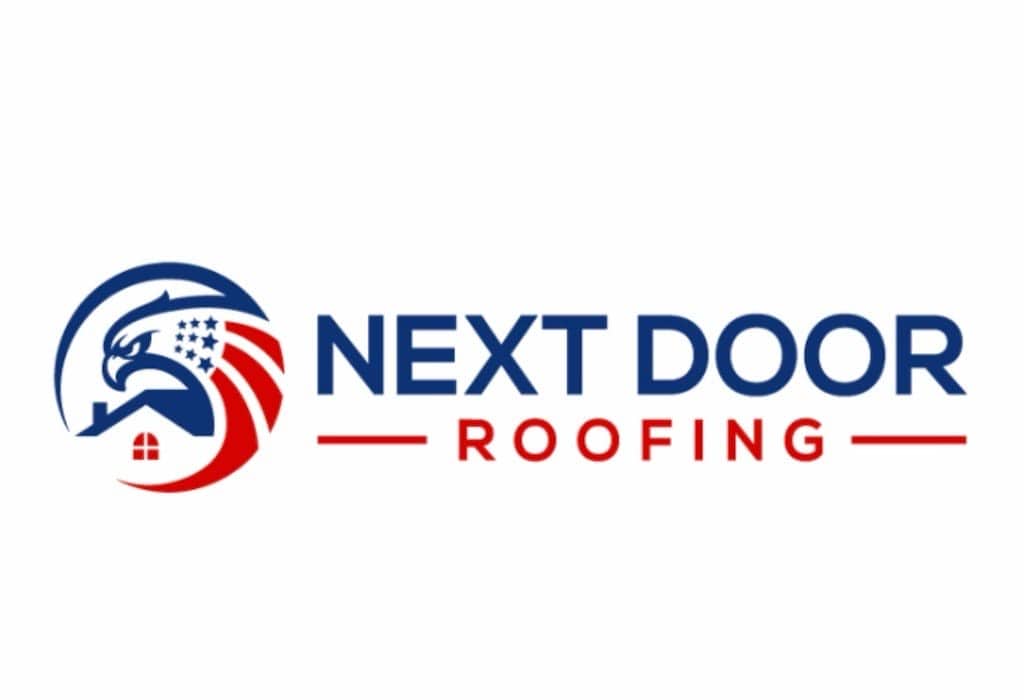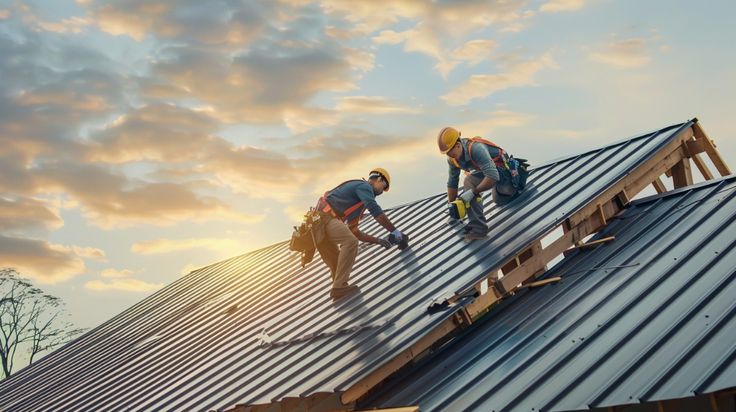Imagine building your dream home, where every detail matters—from the foundation to the roof overhead. One crucial, yet often overlooked, element is the roof truss. Roof trusses are the skeletal framework that supports your roof and ensures it stands strong against weather, time, and wear. Choosing the correct type of roof truss for your residential building isn’t just about structural integrity. It impacts cost, construction speed, and even the aesthetics of your home.
Today, we will discuss roof trusses, why they’re essential in modern home construction, and the most common types used in residential buildings.
What Are Residential Roof Trusses?
Roof trusses are engineered frameworks made from wood or metal designed to support a building’s roof. Unlike traditional rafters, which are individual beams placed one by one, trusses are pre-assembled triangular units that distribute weight evenly across the walls. This design not only enhances strength but also speeds up construction.
Due to their efficiency and reliability, roof trusses have become the gold standard in residential construction. They provide superior support for various roof shapes and sizes, making them adaptable to different architectural styles.
Common Types of Residential Roof Trusses
King Post Truss
The King Post Truss is the simplest and oldest truss design. It features a classic triangular shape with a central vertical post called the “king post.” This design efficiently supports small to medium spans, making it ideal for smaller homes or sheds.
Its straightforward structure makes it a favorite for houses where budget and simplicity are priorities without compromising strength.
Queen Post Truss
More complex than the king post, the Queen Post Truss has two vertical posts connected by a horizontal beam. This design supports longer spans, making it suitable for medium-sized homes.
The queen post truss balances strength and functionality, offering homeowners more flexibility in design and space.
Fink Truss
The Fink Truss is the most common type used in residential construction. It features distinctive W-shaped webbing inside the triangle, which distributes loads efficiently.
Its versatility and strength make the Fink Truss a go-to choice for many builders aiming for durability and economy.
Howe Truss
The Howe Truss is designed for larger spans and heavy load support.
Benefits:
- Exceptional strength and durability
- Ideal for areas with heavy snow or wind loads
- Supports large residential buildings or complex roof designs
Howe Truss is more expensive but offers peace of mind in challenging climates.
Scissor Truss
The Scissor Truss features sloped bottom chords that cross, creating vaulted or cathedral ceilings inside the home.
Benefits:
- Creates open, spacious interior ceilings
- Enhances aesthetic appeal with dramatic rooflines
- Suitable for homes emphasizing architectural design
This truss type combines structural support with stunning interior visuals, perfect for homeowners seeking elegance.
Custom or Hybrid Trusses
Custom or hybrid trusses are used when standard designs don’t fit. These are tailored combinations or designed to meet unique architectural or structural needs.
Benefits:
- Flexible design options to match specific requirements
- Can accommodate unusual roof shapes or loads
- Ideal for innovative or complex home designs
Custom trusses allow architects and builders to push creative boundaries without compromising safety.
Benefits of Using Roof Trusses in Residential Construction
Residential roof trusses offer numerous advantages over traditional rafters.
- Roof trusses are pre-made off-site, making installation faster.
- They help reduce overall building costs by saving on labor and materials.
- Roof trusses are strong and spread the weight evenly for better support.
- They allow for modern designs like vaulted ceilings and open floor plans.
- Trusses make more attic space available in the home.
- With trusses, less material is wasted, making them eco-friendly.
- Offer long-term reliability and peace of mind for homeowners.
Comparison Table of Residential Roof Truss Types

How to Choose the Right Roof Truss for Your Home
- Start by checking how wide your roof needs to be because bigger roofs need stronger trusses.
- Think about the shape of your roof. Some trusses work better for steep roofs, others for flat ones.
- Look at the weather in your area. If you get a lot of snow or wind, your roof must handle that. Next Door Roofing provides the best roofing services for residential and commercial properties across California.
- Consider your budget. Simple trusses usually cost less, while custom ones can be more expensive.
- Consider how you want your ceiling to look. If you like open or vaulted ceilings, you’ll need a different truss type. Talking to an expert, such as a builder or engineer, is a good idea. They can help you make the best choice.
- Always check the building rules in your area. This helps keep your home safe and up to code. Don’t worry! The expert installer already knows all the rules and regulations.
Tips for the Installation and Maintenance of Roof Trusses
Proper installation is crucial for roof truss performance and longevity. Always hire experienced professionals who understand the engineering behind trusses and can ensure precise placement and secure fastening.
Routine inspections are key to catching early signs of trouble. Look for sagging, cracked wood, or loose connections, especially after severe weather. Addressing these issues promptly prevents costly repairs down the line.
Maintenance best practices include keeping the attic well-ventilated to avoid moisture buildup, which can weaken trusses over time, and avoiding overloading attic spaces beyond design limits.
By combining professional installation with regular upkeep, your roof trusses will provide safe, lasting support for your home.
Conclusion
Roof trusses are the backbone of modern residential roofing, offering strength, efficiency, and design versatility. From simple King Post to elaborate custom trusses, each type serves unique needs and benefits. Understanding these options empowers you to make informed choices that enhance your home’s durability and beauty.
Remember, selecting the right truss isn’t just about cost. It’s about safety, longevity, and maximizing your living space. Consult with professionals to tailor the perfect solution for your project. For roofing problems, you can consult us, Next Door Roofing provides the best all kind of roofing services across California.





